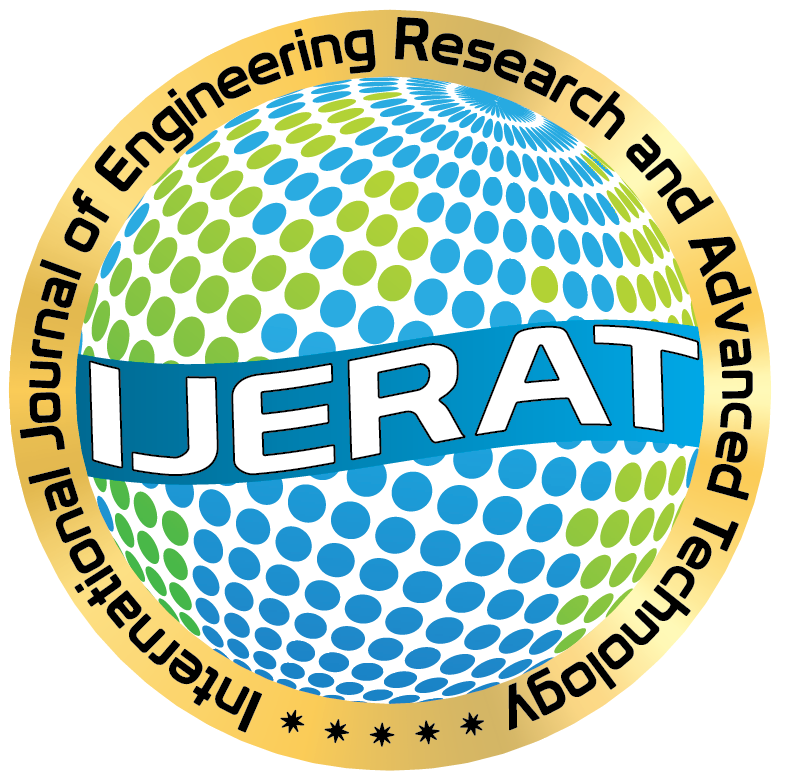Improved Enhanced Distributed Energy Efficient Clustering (iE-DEEC) Scheme for heterogeneous Wireless Sensor Network
DOI:
https://doi.org/10.31695/IJERAT.2019.3359Keywords:
E-DEEC Protocol, Network lifetime, Residual energy, Average distance, MatLab Simulation.Abstract
Wireless Sensor Networks (WSNs) contain thousands of sensor nodes which are capable of conveying sensed and captured data from any deployment area to another well –resourced node called the Base station for analysis. Due to the ability of the sensor nodes to relay data from one place to the other, they are found applicable in several areas such as environmental monitoring, military surveillance and home intelligence. The operation of the heterogeneous routing algorithm, E-DEEC (Enhanced Distributed Energy-Efficient Clustering) for heterogeneous networks has been observed carefully. The E-DEEC scheme improved the DEEC algorithm by introducing other nodes called supernodes. It was realized that E-DEEC did not consider the proximity of the advanced nodes to the Base station in its election probabilities. This compelled the supernodes with higher residual energy but far from the Base station to dissipate a large amount of energy in conveying their reports to the Base station. In this research work, an improved heterogeneous algorithm, iE-DEEC, is proposed. The new scheme considered the distance of supernodes and the average distance of the nodes to the Base station (BS) in selecting the cluster heads (CHs). Also, different amplification energy levels have been implemented in this protocol to minimize the energy consumption during the communication between the CHs and BS and also between inter and intra cluster communication. MatLab 2017a was used for simulation to evaluate the performance of the new scheme and the existing protocol. The simulation results showed that the proposed protocol performed better than E-DEEC in terms of throughputs, residual energy and network lifetime.
Downloads
Published
Issue
Section
License

This work is licensed under a Creative Commons Attribution-NonCommercial 4.0 International License.









